Scene I
A flower spreads open in black and white with a tentacle for each petal. One cloudy day this plant will gesture threateningly to a line of elementary students in front of their school.
Voice: “The smallest is the best kind.”
[This film is cut from the hypnagogic imagery and phrases recorded—in fits and starts—of a single hour on a single evening. It was a Sunday. We leave it up to all Sunday dreamers to project it in their own way. The meaning is of course not entirely settled, but it did condense certain images from an afternoon trip to Strathcona Park in Ottawa. In any case, it must be allowed that accumulations of hypnagogic imagery and voices have, despite their elevated status in surrealism, heretofore been underutilized as a form of interpretation—as having any coherence beyond the fragmentary character of individual apparitions, however exciting these may be as lone surrealist treasures. Who will champion the vast world of hidden connections between the seemingly different and tenuous phenomena, that reversion to intrauterine black and white, in its attempt to gropingly, and in fits, accumulate if not a narrative, at least a point?]
Scene II
Voice: “He doesn’t know how to put coffee down here. He’s lost.”
An old woman in a sunhat stuffs some unspecified wooden utensils into a brown paper bag.
[Michel Zimbacca’s Conseil de nuit points a way. But for adequate systematization, the difficulty has been in even retaining and presenting a coherent “stretch” of phenomena in this tenuous state between sleep and wakefulness, the surrealizing zone par excellence. It is simply hard to wake up, although with practice I have found that it is, at least on occasion, possible to dive in and out of the hypnagogic state for extended periods.]
Scene III
A blonde woman in a black cocktail dress is in a wooded area at the edge of a park. She is perching on the roof a stone structure built to house maintenance tools. She is to pout and stare intently at something.
Voice: “It’s immortal Karimbe.”
Voice: “A metronome.”
Voice: “Un chef d’art.”
A balding man with a black chinstrap beard wearing a santa claus jacket is stuffing cotton balls through the chimney pipe of this stone structure. When they come out the other end he will chew the maniacally to see if they are genuine.
[We start here with a basic assembly that at the very least attempts to capture the functioning of hypnagogic thought in a single session—what “three unities” are sufficient for a legitimate piece, or how to cut, edit, what shots are acceptable…we leave to the oneirocritics of the future. Our pretense is that in recording images and sounds (on separate tracks no less) that we are dealing with a kind of primitive movie. There is no doubt that contemporary film has been justly but over-utilized as a form of dreaming. But if the cinema thinks it can dream on behalf of our subconscious, there is no reason why our subconscious can’t try its hand at filmography.]
Scene III, from the other side of the stone structure
In the stone wall we see in pareidolia a figure, muscular, with sad eyes wide opened, a man in profile, facing downwards as if an arch, grasping at something below.
Voice: “Another combination of two things.”
[We would like to retroactively apologize if the dialogue sometimes precedes or follows the action in a strange way. This is due to the fear on the part of the registrar of missing out, upon awakening, of the hypnagogic phrase, which is the most delicate memory and easily forgotten in an instant. The image usually follows and is much more stable and easily remembered, and is therefore only written afterwards.]
Scene IV
Voice: “It’s all I can do, is this.”
A man made of sticks in the corner of the park lifts up one wooden leg to the side while leaning on a concrete wall.
[It is also a noticeable quirk in the hypnagogic space, and unlike a true dream, is that the autosymbolic image and the voices remain, even when simultaneous, totally distinct. The figures never make a sound, and that which speaks is always something “other”. In a weird way, this recreates the separation between a film’s image and its soundtrack, to the advantage of speech, as championed by Isou and the Lettrists in their attempts to create a “discrepant” cinema. The effect of the voice here is similarly toxic, with a strong abrasive and imperative character forcing itself onto the scene, as often occurs in hypnagogic pretervocalizations, and made tortuously more obvious in aggregated form.]
Scene V
Voice: “Look, a metal detector.”
Voice: “The life-cycle of breasts continues.”
[As the voices seem to ritually or venomously dissolve the imagery, to smother them, it’s fitting to end on a blank screen].
Jason Abdelhadi,
Ottawa, June 2019.

